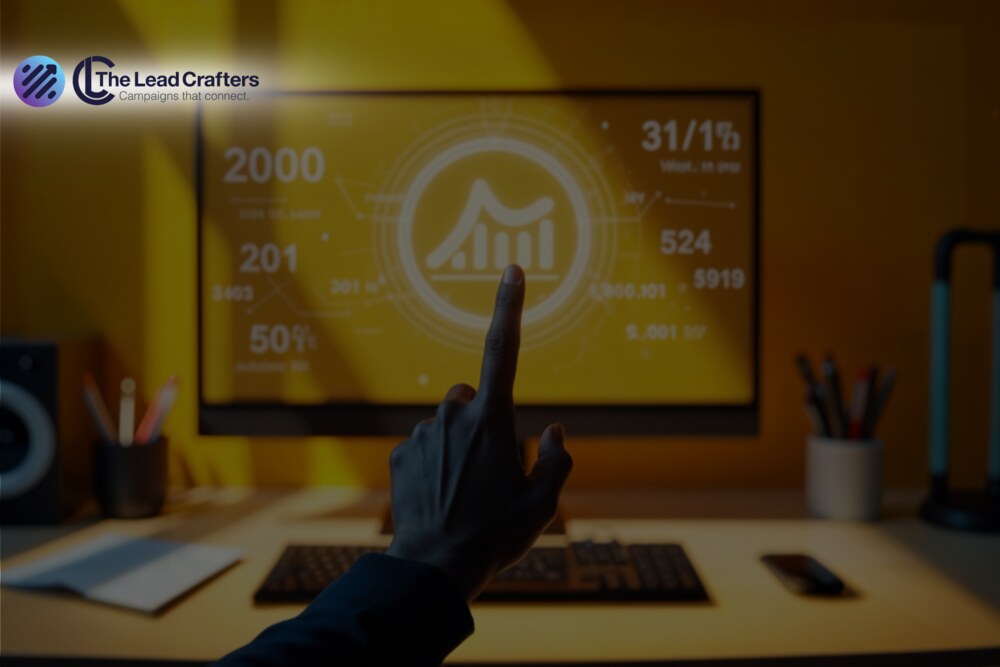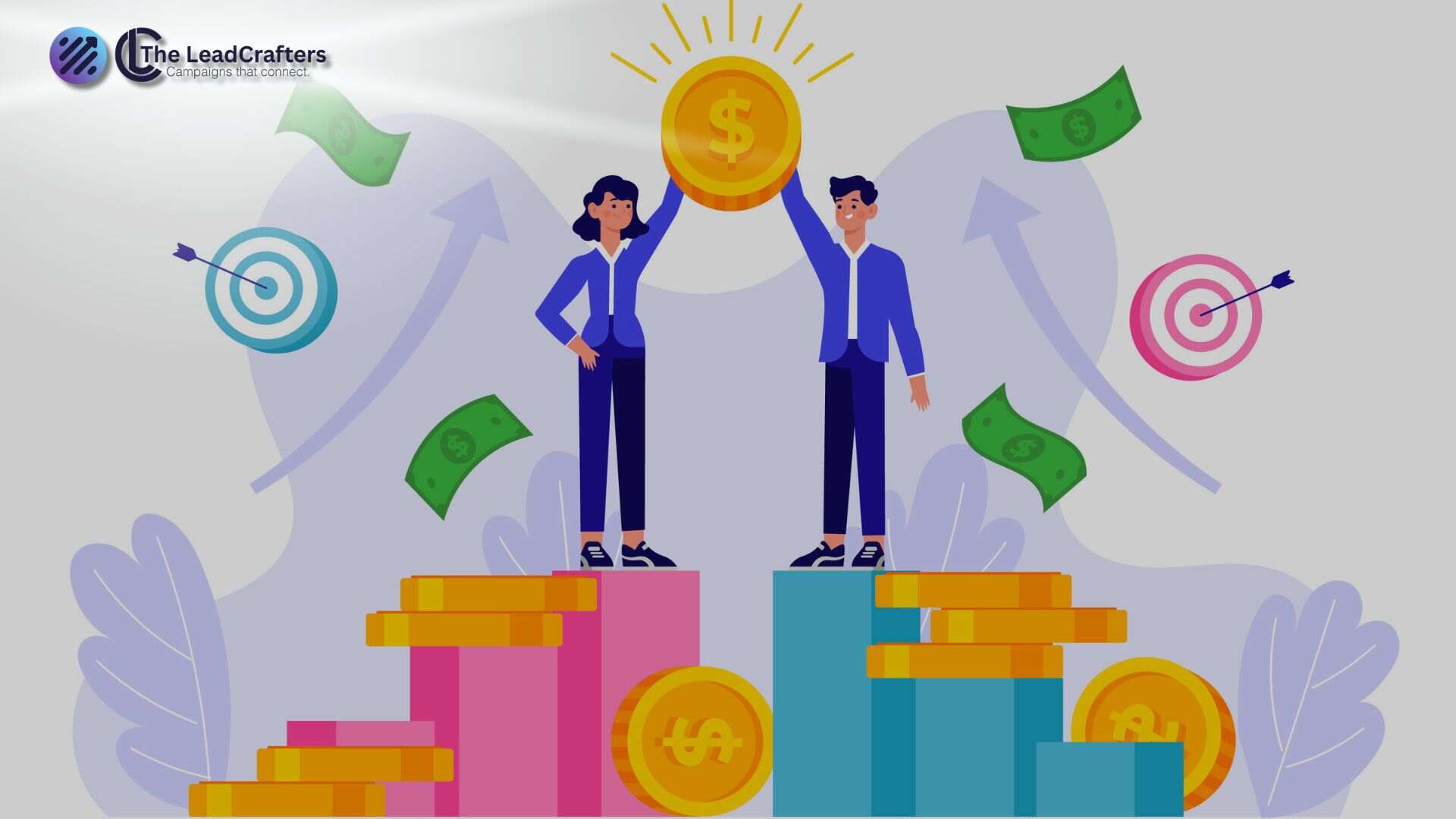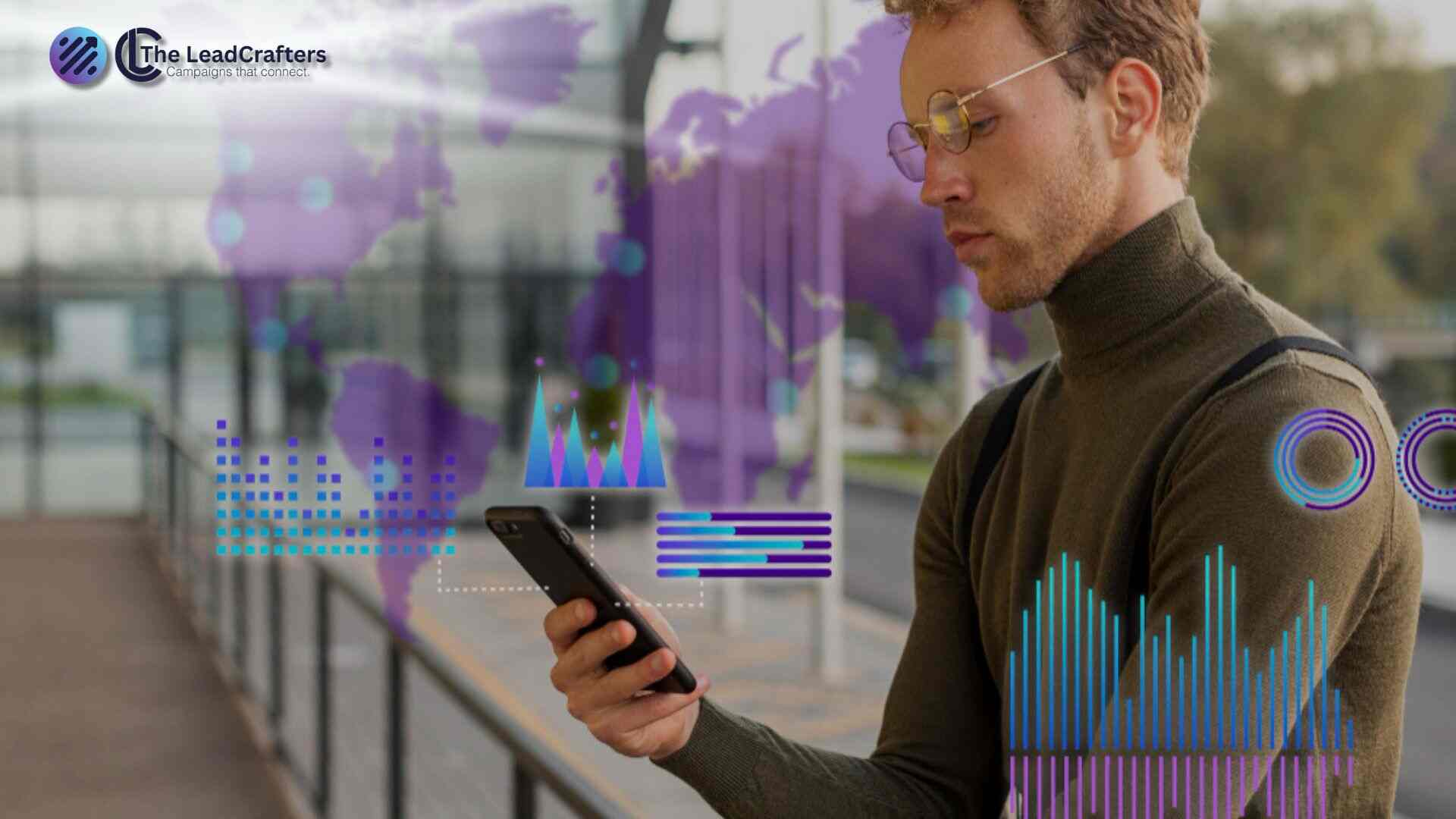In today’s fast-paced digital world, the traditional marketing funnel is no longer sufficient. B2B buyers are more informed, autonomous, and selective than ever before. They expect value at every touchpoint, making it crucial for businesses to rethink how they engage and convert prospects. Welcome to the modern demand generation funnel—a streamlined, data-driven approach that takes prospects from awareness to action with precision and personalization.
In this guide, we’ll break down the key stages of the modern demand gen funnel, actionable strategies at each step, and how businesses can align marketing and sales to drive growth.
What Is Demand Generation?
Demand generation is the holistic process of creating awareness, nurturing interest, and driving decision-making behavior among potential buyers. Unlike lead generation, which typically focuses on collecting contact information, demand gen encompasses the entire buyer journey—from attracting attention to converting leads into loyal customers.
At The LeadCrafters, we help businesses harness the power of demand generation through strategic campaigns that combine content marketing, data analytics, email automation, and performance tracking.
Why the Traditional Funnel Is No Longer Enough
The traditional marketing funnel followed a linear path: Awareness → Interest → Consideration → Purchase. But today’s buyer journey is anything but linear. Prospects bounce between stages, consult multiple channels, and engage on their own terms.
Key shifts in buyer behavior include:
- Self-education through blogs, videos, and social media.
- Delayed engagement with sales until far into the decision-making process.
- Personalization expectations, demanding tailored content and interactions.
These changes demand a more dynamic and responsive funnel—one that focuses on intent signals, multi-channel engagement, and seamless handoff between marketing and sales.
The Stages of the Modern Demand Gen Funnel
Let’s explore the updated funnel structure and what actions your business should take at each stage.
1. Awareness Stage: Capturing Attention
Goal: Make your target audience aware of your brand, product, or service.
Strategies:
- Content Marketing: Publish blog posts, thought leadership articles, and SEO-optimized content to answer common questions. (Check out our article on Top 10 Lead Generation Strategies for B2B Companies in 2025.)
- Social Media Campaigns: Use LinkedIn, Twitter (X), and Facebook to amplify your content and build brand credibility.
- Paid Ads: Run PPC and display ads targeting specific personas and industry challenges.
Metrics to Track:
- Website traffic
- Page views and time on site
- Social media engagement
- Ad impressions and click-through rates
Pro Tip: Create ungated content to build trust before asking for information. The more value you provide upfront, the more likely prospects will move to the next stage.
2. Interest & Engagement: Building Relationships
Goal: Nurture curiosity and encourage deeper interaction.
Strategies:
- Lead Magnets: Offer ebooks, whitepapers, or tools in exchange for contact info.
- Email Marketing: Launch personalized drip campaigns to educate and engage.
- Webinars and Events: Host live sessions to demonstrate expertise and build rapport.
(Explore how we use webinars in Using Webinars to Generate High-Quality Leads at Scale.)
Metrics to Track:
- Email open and click-through rates
- Resource downloads
- Webinar registrations and attendance
- Return visits to the website
Pro Tip: Use marketing automation tools to segment audiences based on behavior and personalize follow-ups.
3. Consideration Stage: Establishing Authority
Goal: Position your product or service as the best solution to the buyer’s pain points.
Strategies:
- Case Studies: Share success stories from past clients to demonstrate ROI.
- Comparison Guides: Create content that compares your solution with competitors.
- Free Trials or Demos: Offer hands-on experience to move prospects closer to a decision.
Metrics to Track:
- Case study downloads
- Demo sign-ups
- Engagement with comparison pages
- Sales-qualified lead (SQL) conversions
Pro Tip: Involve your sales team here. Enable them with content and insights to guide high-intent leads effectively.
4. Decision Stage: Sealing the Deal
Goal: Convert high-intent leads into paying customers.
Strategies:
- Sales Enablement: Provide the sales team with tailored messaging, ROI calculators, and product sheets.
- Retargeting Ads: Re-engage warm leads with personalized messaging.
- Promotional Offers: Use time-sensitive offers to drive urgency.
Metrics to Track:
- Closed-won deals
- Proposal acceptance rate
- Customer acquisition cost (CAC)
- Sales cycle length
Pro Tip: Ensure alignment between marketing and sales. Shared goals, unified CRM tools, and consistent messaging make a huge difference at this stage.
5. Post-Purchase: Retention and Advocacy
Goal: Turn customers into advocates who refer others and contribute to long-term revenue.
Strategies:
- Onboarding Campaigns: Help new customers quickly realize value.
- Customer Success Programs: Offer regular check-ins, training, and resources.
- Referral Incentives: Encourage happy clients to spread the word.
Metrics to Track:
- Net Promoter Score (NPS)
- Customer lifetime value (CLTV)
- Referral conversions
- Churn rate
Pro Tip: The modern funnel doesn’t stop at conversion. Build loyalty, and you’ll build sustainable growth.
Integrating Tech and Tools into the Funnel
Modern demand gen isn’t just about strategy—it’s about smart execution. Here’s how to leverage tools across the funnel:
- CRM & Marketing Automation: Platforms like HubSpot, Marketo, or ActiveCampaign streamline lead tracking and personalized messaging.
- Analytics Tools: Google Analytics, Hotjar, and attribution tools help measure performance and identify drop-offs.
- ABM Platforms: Use account-based marketing tools to target high-value accounts with personalized campaigns.
Need help choosing the right tech stack? Reach out to our experts at The LeadCrafters for a custom consultation.
Aligning Sales and Marketing: The Secret to Funnel Efficiency
One of the biggest barriers to effective demand generation is the disconnect between marketing and sales. The most successful companies foster tight alignment through:
- Shared Definitions: Clearly define MQLs, SQLs, and SLAs (service-level agreements).
- Closed-Loop Feedback: Use sales feedback to optimize lead scoring and content strategy.
- Unified Reporting: Track shared KPIs such as pipeline velocity, conversion rates, and revenue influence.
When sales and marketing operate as one, the result is a seamless journey for the buyer—and better results for the business.
Final Thoughts: Building a Funnel That Converts
The modern demand generation funnel is agile, personalized, and deeply data-driven. By focusing on value at every stage—from awareness to post-purchase—you can attract, engage, and convert high-quality leads more effectively than ever before.
Whether you’re launching a new campaign or revamping your entire demand gen strategy, remember: the funnel is not just a path. It’s an experience. And it should reflect the needs, behaviors, and preferences of today’s buyers.
Looking to accelerate your demand generation efforts?
Get in touch with The LeadCrafters and let us help you build a funnel that drives real results.



